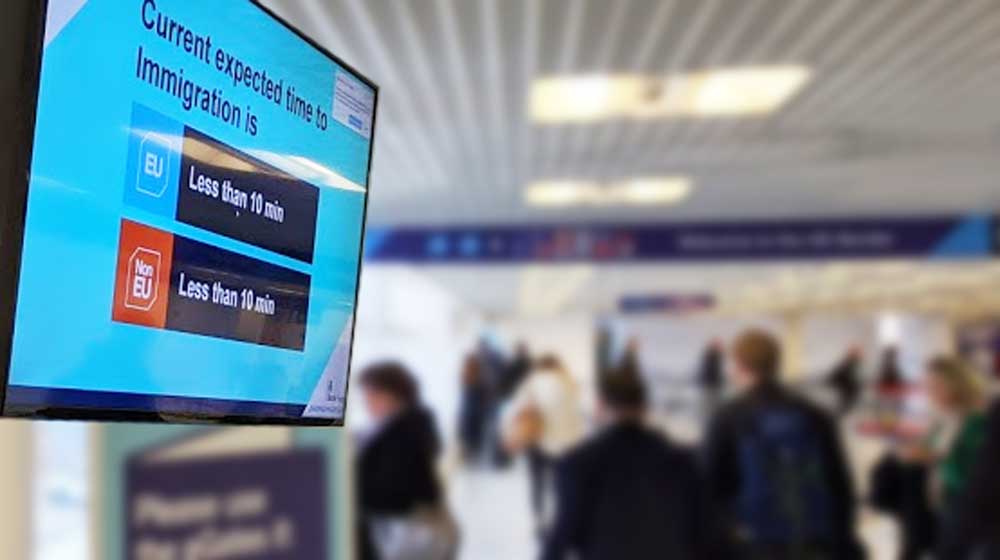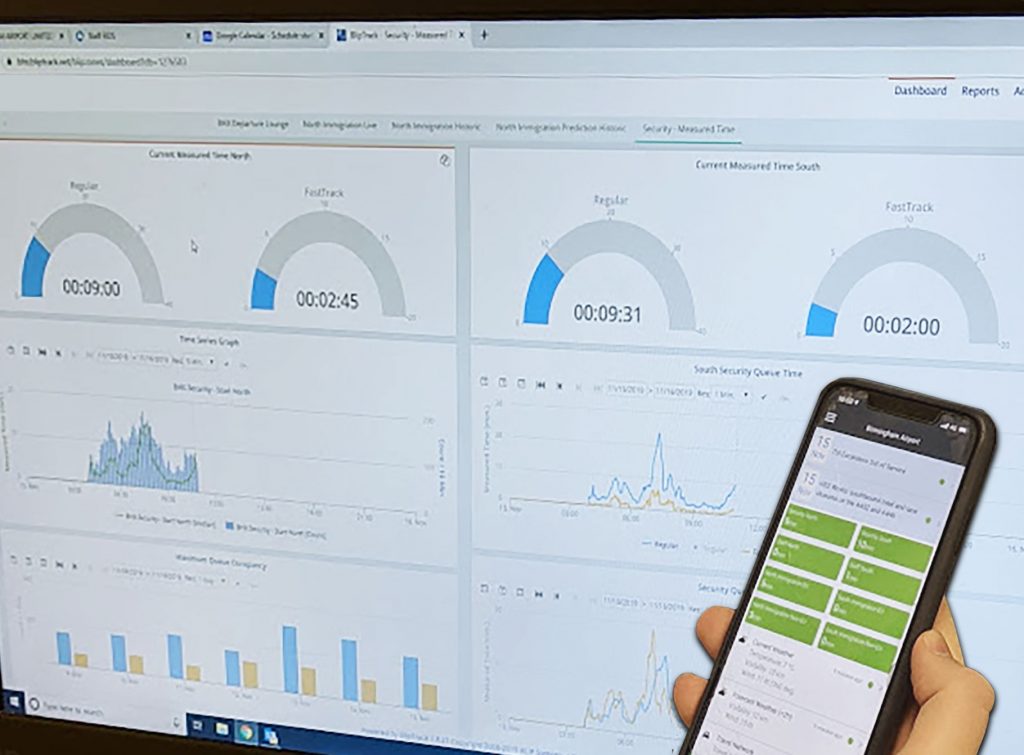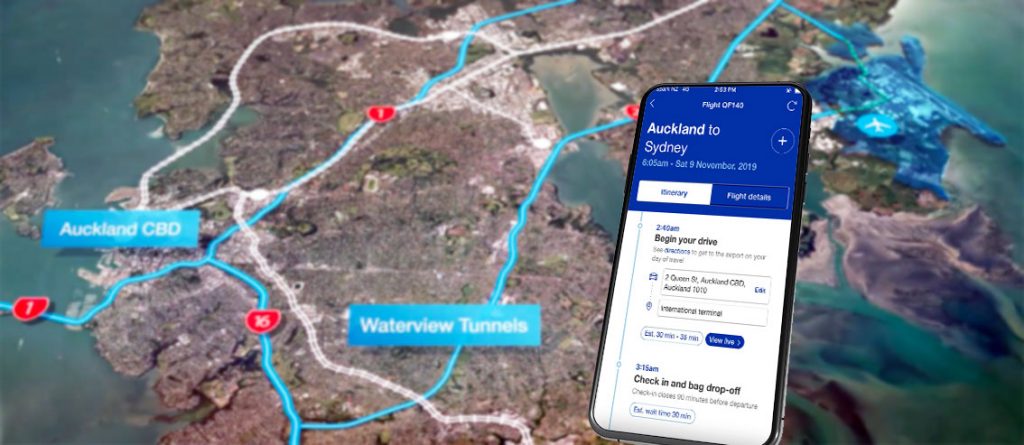The travel experience through many modern terminals can be very similar wherever you are in the world. The blueprints for airport design may differ aesthetically and in terms of scale, but the functional aspects are near identical. For example, like it or not, we all have to take that long and constantly winding path through retail areas regardless of whether we plan to purchase cosmetics, alcohol, cigarettes or designer sunglasses.
In fact that is not actually the case now. Just like airlines have added ancillary options, airports have too. The most obvious is the chargeable access to the priority security line to jump what can be long queues. But, some, realising that the winding journey through Duty Free can be a pain point for many regular travellers, now offer a shortcut around the retail space, for a charge, or course.
It is suggested that for every minute a customer is in a retail area and not stuck in a queue, their non-aeronautical spend actually increases by around 2.5%, so keeping customers happy and airport transits efficient is beneficial for all.
Understanding how passengers travel through airports is key to this and technology is now available to provide important insights. On example is the New Experience in Travel and Technologies (NEXTT) initiative from International Air Transport Association (IATA) and Airports Council International (ACI) with the goal to ensure the transport of passengers, baggage and cargo benefits from the latest technology developments to improve customer experience, reliability and efficiency.
A traveller's overall satisfaction directly impacts every airport's bottom line, which is why many seek to measure it. The leading method remains the Airport Service Quality (ASQ) global benchmarking programme, used by three-quarters of the world's top 1000 busiest airports. This measures passenger satisfaction by asking travellers to rate their experience during the journey, from departure and transfer to arrival. Then, it compares the results with other airports.
"From wait times to parking and shopping facilities, the departure process measured by ASQ can make or break a passenger's airport experience and strongly influence their future choice of airport," defines travel experience platform Veovo.

With ASQ departure surveys capturing data after a specific process, for instance, check-in, security, retail or amenities, it's tempting for airports to turn their attention to the worst-performing area - such as poorly performing security queues - and leave the rest. But many airports find that tackling one pinch point often simply pushes the problem along the line to the next location.
The problem is that from the moment a passenger journeys to the departure terminal, they're faced with a series of small but potentially stressful challenges, notes Veovo. "Find parking. Find a baggage cart. Find the correct departure terminal. Find the check-in desk. All the while wondering if they will make it to the departure gate on time. Each step in this journey through the airport leaves an impression on the passenger - good, not so good, or downright frustrating," the company says.
But, more airports are now moving beyond queue management to a more holistic, end-to-end flow management approach to lift passenger experiences. According to SITA's 2019 Air Transport IT Insights Report, most (63%) airports that have invested in passenger flow management have witnessed an improvement of up to 20% in passenger satisfaction ratings compared to the previous year.

"Flow management is more than just capturing data, although that's part of it," acknowledges Veovo. As people move across the airport, it combines WiFi/Bluetooth and 3D sensors, boarding pass scans and other third-party data to build a real-time picture of how people move and dwell.
"The real benefit is the analysis of that data, which when meshed with flight data provides powerful insights - including the ability to identify bottlenecks, forecast the impact of unexpected changes on flow and recommend the best actions to smooth throughput," Veovo explains.
There are a number of ways that flow management can enhance passenger experience and meet user expectations, ultimately delivering a less-stressed traveller.
These range from managing traffic to the airport (something already adopted by Auckland airport on its app); tracking luggage trolley positions and combining trolley flow data with flight profile information to meet arriving and departing demand; analysing queue formations and check-in processing; to queue management at immigration and security and general passenger flow data to identify real-time bottleneck areas.

According to Veovo to make the shift to flow management technology, airports can start by augmenting existing sensor queue management and biometric technology with strategically-placed Bluetooth and wi-fi sensors to build a more granular picture of flow and allow airports to take actions based on that insight.
"From this step, airports can then truly boost their understanding of how people flow by connecting traffic, flight and baggage flow insight. From here, flow management technology platforms can model flow patterns, automatically predict issues and make recommendations to perfect their response," it explains.
It does appear that flow management can deliver benefits to airports and on-site retailers, while also delivering a happier traveller with wait times reduced, crowding minimised, and smoother transit experience. And this concept can also be adapted to other industries, most notably retail centres, theme parks, even destinations. Veovo already counts a number of major airports among its client list. The question is: will more go with the flow?